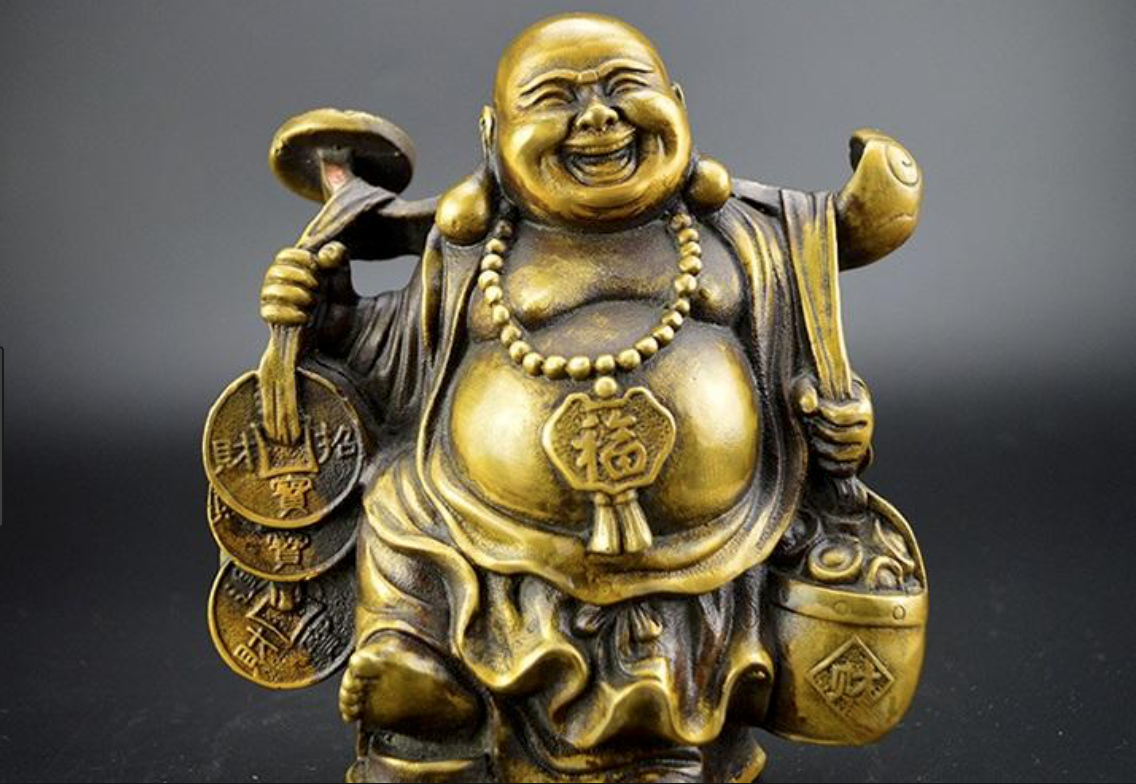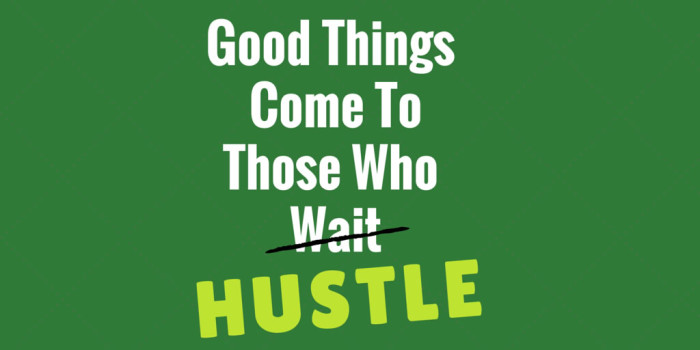The Basis of Power and It’s Role in Organizational Behavior Power plays an integral part in organizational behavior (OB), so
Read More
Crack The Code: Unlock Your Life’s Purpose
A childhood full of chaos, and the challenges were upon me from the very beginning. Born to a mother who
Read More
C-Stop Keeping Production Working Safely
There are three things that are essential to film production and even more so in this new chapter. The first
Read More
Being Accountable: The Benefits of the Integration of Mindfulness into Positive Psychology
Life is full of unpredictable events, people and circumstances. Time moves quickly and information overload is a barrage
Read More
If Image Is Everything
May it be practiced in private, in business, and in life. May it be performed everyday as often as you
Read More
Lessons & The Side Hustle
Thank you Sir Richard Branson for reminding us how powerful we are. “But not being able to quit your job
Read More
Men and Women In Non Romantic Relationships
Film, Fiction and in Life From as early on as birth and through most of our lives, we
Read More
Master of our Emotions
Can We Be Master of Our Emotions? Emotional responses are like the many roots of a majestic tree.
Read More
One Future Day
Very inspired by a dinner party I attended last night with family, new friends and amazingly motivating conversations… How should
Read More








